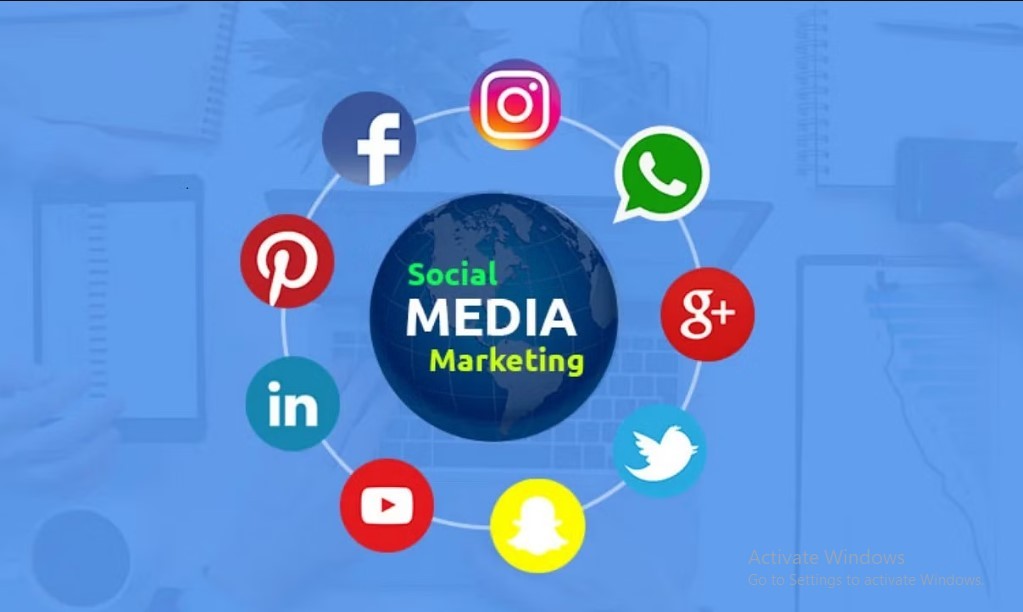In today’s digital landscape, B2B marketers constantly seek innovative strategies to elevate their brand presence, generate leads, and drive conversions. Amidst the plethora of marketing channels, LinkedIn stands out as a formidable platform for B2B companies to achieve their goals. With over 900 million users, LinkedIn has emerged as the preeminent professional networking platform globally.
It offers unparalleled opportunities for B2B marketers to connect with their target audience, establish thought leadership, and foster meaningful business relationships.
Why LinkedIn Marketing Matters for B2B Companies
1. Unrivaled Lead Generation Potential
Statistics underscore LinkedIn’s significance as a lead generation powerhouse for B2B companies. According to HubSpot, 80% of B2B leads originate from LinkedIn. This staggering figure underscores the platform’s unparalleled ability to facilitate meaningful business connections.
2. Content Distribution Dominance
In the realm of content distribution, LinkedIn reigns supreme among B2B marketers. A survey by the Content Marketing Institute reveals that an overwhelming 94% of B2B marketers utilize LinkedIn as their primary platform for content distribution. This statistic underscores the platform’s efficacy in disseminating valuable content to a receptive audience of professionals.
3. Enhanced Purchase Intent
LinkedIn users exhibit a propensity for active engagement and conversion, with 50% more likely to purchase from a company they engage with on the platform, as reported by LinkedIn itself. This heightened purchase intent underscores the platform’s capacity to influence buying decisions and drive tangible business outcomes for B2B companies.
Crafting a Winning LinkedIn Marketing Strategy
1. Audience Segmentation and Persona Development
The foundation of any successful marketing endeavor lies in a comprehensive understanding of the target audience. B2B marketers must meticulously define their target demographic and craft detailed buyer personas to tailor their messaging effectively.
2. Optimization of Company Page
A compelling company page is the cornerstone of a robust LinkedIn marketing strategy. B2B companies should optimize their page with persuasive content and visually engaging elements to captivate visitors and effectively convey their brand story.
3. Thought Leadership and Content Sharing
Establishing thought leadership is paramount in the B2B landscape, and LinkedIn provides an ideal platform for showcasing industry expertise. B2B marketers should leverage the platform to share insightful industry analyses, thought-provoking articles, and employee advocacy content to position themselves as authorities within their respective domains.
4. Active Engagement and Relationship Building
Meaningful engagement lies at the heart of successful B2B marketing on LinkedIn. B2B marketers should actively engage with their audience through comments, messages, and mentions, fostering authentic relationships and nurturing leads throughout the buyer’s journey.
Maximizing Reach with LinkedIn Ads

1. Sponsored Content and InMail
LinkedIn offers a suite of advertising solutions tailored to B2B objectives. B2B marketers can leverage sponsored content and InMail campaigns to amplify their reach and effectively target decision-makers within their industry.
2. Precision Targeting
One great thing about LinkedIn ads is that they can target specific groups of people well. B2B marketers can refine their audience segmentation based on criteria such as job title, industry, company size, and more, ensuring that their ads reach the most relevant prospects.
3. Continuous Optimization through A/B Testing
To maximize the effectiveness of their ad campaigns, B2B marketers should continually conduct A/B tests to refine their ad creative and targeting parameters. By iteratively optimizing their campaigns, marketers can drive superior results and achieve a higher return on investment (ROI).
Measuring Success with LinkedIn Analytics

1. Tracking Engagement Metrics
LinkedIn provides comprehensive analytics tools that enable B2B marketers to track key engagement metrics such as likes, comments, shares, and click-through rates (CTRs). By monitoring these metrics, marketers can gauge the effectiveness of their content and refine their strategy accordingly.
2. Lead Generation and Conversion Tracking
Beyond engagement metrics, B2B marketers should also track lead generation and conversion rates to assess the impact of their LinkedIn marketing efforts on bottom-line results. Marketers can identify high-performing strategies and allocate resources effectively by attributing leads and conversions to specific campaigns.
3. Iterative Optimization
Armed with actionable insights from LinkedIn analytics, B2B marketers can iteratively optimize their marketing strategy to enhance performance continually. Whether it involves refining targeting parameters, adjusting messaging, or experimenting with new content formats, ongoing optimization is essential to staying ahead in the dynamic landscape of B2B marketing.
Conclusion: Revolutionizing B2B Marketing with LinkedIn
In conclusion, LinkedIn marketing offers unparalleled opportunities for B2B companies to elevate their brand, drive leads, and establish thought leadership within their industry. By crafting a winning strategy, leveraging LinkedIn ads to maximize reach, and harnessing the power of analytics to measure and optimize performance, B2B marketers can unlock the full potential of this dynamic platform and achieve unparalleled success in their marketing endeavors.
FAQS of LinkedIn Marketing for B2B Companies
How can I leverage LinkedIn for lead generation as a B2B marketer?
- LinkedIn offers robust lead generation potential for B2B marketers by optimizing your company page, engaging with your audience, and utilizing LinkedIn ads like sponsored content and InMail campaigns.
2. What types of content work best for B2B marketing on LinkedIn?
- LinkedIn tends to favor content that showcases industry expertise, thought leadership, and valuable insights. This includes industry analyses, articles, case studies, and employee advocacy content.
3. How can I measure the success of my LinkedIn marketing efforts?
- LinkedIn provides analytics tools that allow you to track engagement metrics such as likes, comments, shares, and click-through rates. Additionally, you can track lead generation and conversion rates to assess the impact on bottom-line results.
4. What targeting options are available for LinkedIn ads?
- LinkedIn ads offer precision targeting based on criteria such as job title, industry, company size, seniority, and more. This allows you to reach specific decision-makers within your target audience effectively.
5. How important is it to continuously optimize LinkedIn marketing campaigns?
- Continuous optimization is crucial for maximizing the effectiveness of LinkedIn marketing campaigns. By conducting A/B tests, refining targeting parameters, and adjusting messaging, you can ensure ongoing success and improve ROI.
Must read this:
Must visit the home page:




